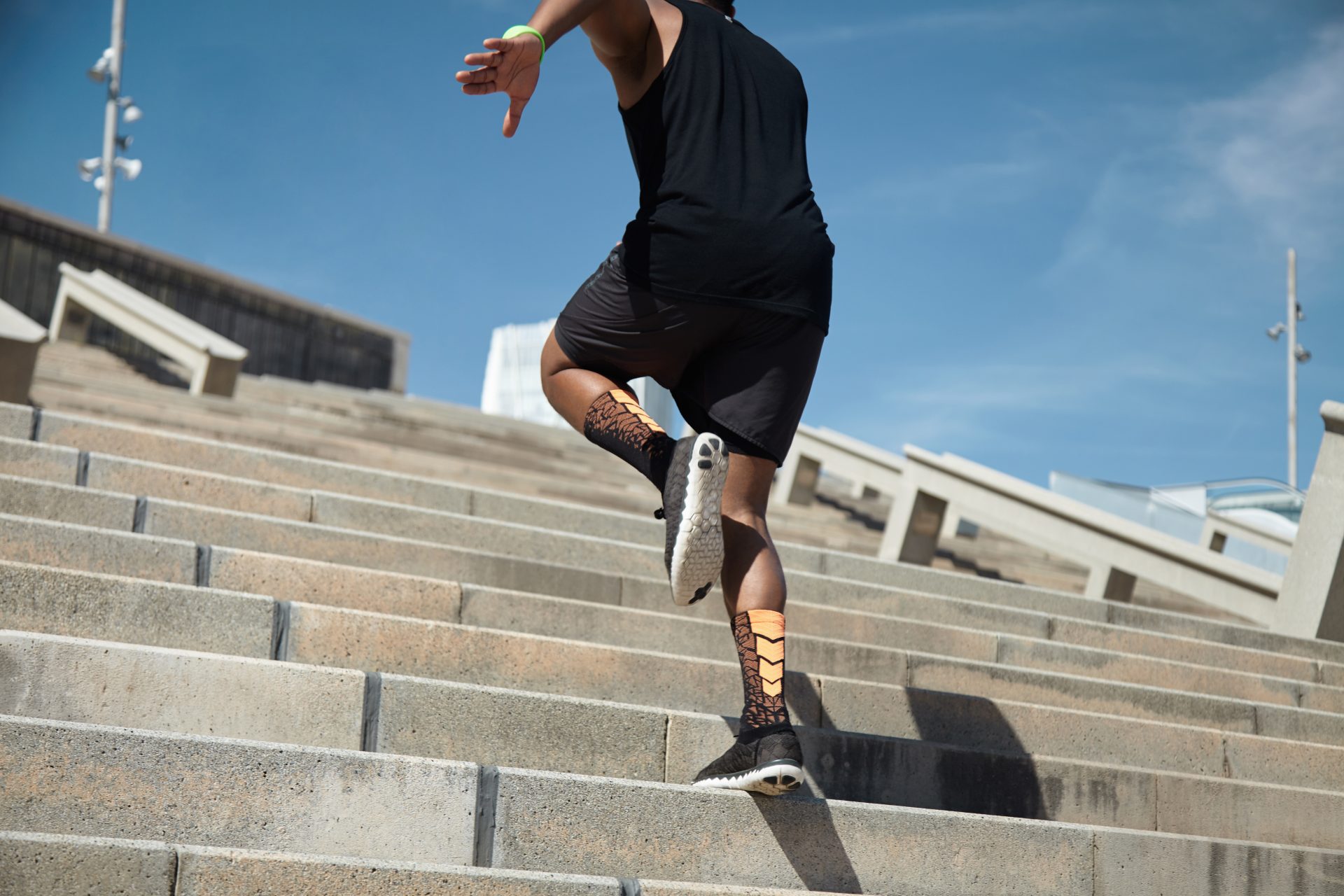A few days after finishing the HBF Run for a Reason, you might be feeling a little worse for wear. The quads could be burning, the calves feeling tighter than they’ve ever felt before. You might be experiencing DOMS – delayed onset of muscle soreness.
What is DOMS?
DOMS is muscle ache that usually peaks within 24-72 hours post exercise. When performing heavy exercise, the muscles fibres undergo microscopic damage. DOMS is related to the muscle repair process which occurs when the body is adapting to an unaccustomed load.
This is particularly noticeable after performing eccentric exercise (which involves the muscles working while lengthening) such as jogging or walking down a hill.
Some people think that DOMS is associated with lactic acid build-up however the best evidence suggests that it doesn’t actually play a role.
Have I done too much?
Moderate DOMS can actually be quite a normal response to increasing exercise intensity. So if you’re a little stiff and sore following the HBF Run for a Reason, don’t stress too much.
What’s even more encouraging is that DOMS seems to have a protective benefit: experiencing DOMS after an exercise session makes it less likely you’ll experience it again soon. It’s all part of the body’s remarkable ability to increase its capacity in response to what you ask it to do.
In saying that, significant muscle or joint pain during exercise is not a normal part of exercise and if there’s a sharp sudden onset or swelling, it’s best to stop and seek an assessment to rule out muscle strain or joint sprain.
How can I prevent it in the future?
This is probably what you want to know! There are several ways to help prevent significant DOMS. One of the most common sense strategies is to gradually build up exercise over time.
A good steady progression of exercise intensity over a number of weeks will ensure that your increase in fitness and strength will come with minimal discomfort!
A good warm-up and cool-down also makes sure the muscles are supple and flexible, decreasing the pain and stiffness that can result from intense exercise.
If your DOMS is significant, it may be best to stick to lower intensity exercise (walking, gentle swimming or cycling) for a few days before getting back to full intensity workouts, ensuring your muscles are at full capacity and ready to cope with the load. If you’re still struggling more than three or four days after exercise, come and see your physio and we’ll get you back on track!

